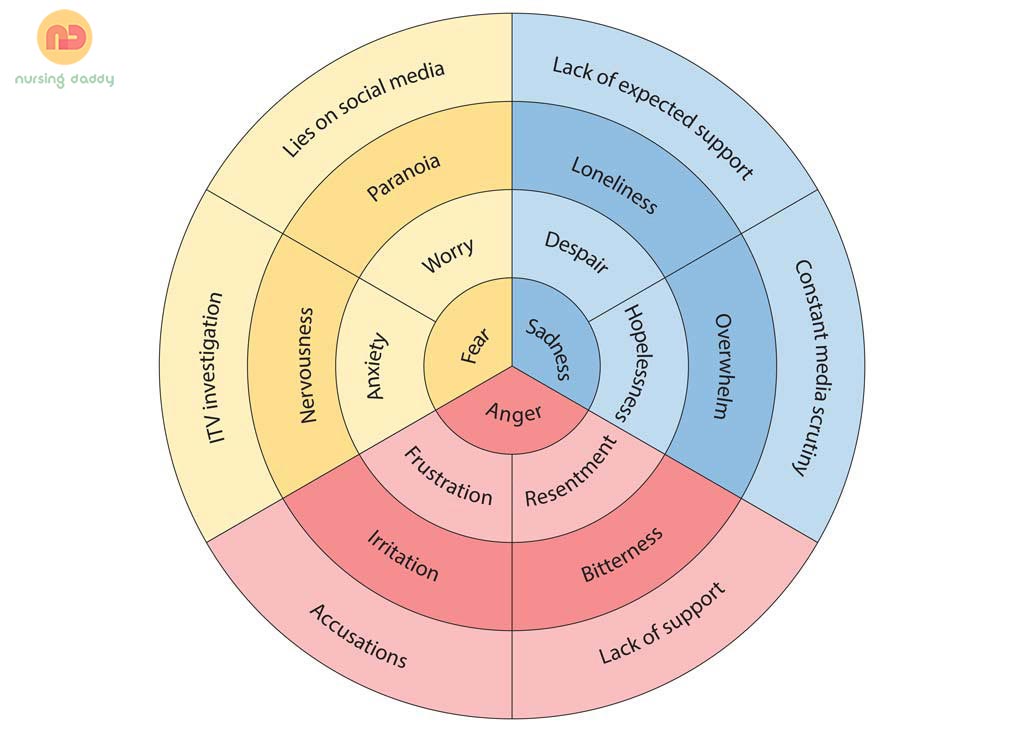From the exploration of Philip Schofield’s BBC interview. I present the Emotional Wheel Analysis. This unique visualisation tool captures the spectrum of emotions expressed throughout the conversation.
The Emotional Wheel Analysis categorises emotions into primary, secondary, and tertiary levels, providing a comprehensive understanding of the emotional depth and complexity of the interview. From feelings of joy and trust to anticipation and fear, the Emotional Wheel Analysis encapsulates the emotional journey of the interview.
Explore this Emotional Wheel Analysis to better understand the emotional dynamics of Philip Schofield’s BBC interview. It’s a fascinating insight into the emotional landscape of the conversation.
This is the related blog post on “The Human Cost of Saving Face: How ITV Failed Phillip Schofield and His Lover.”


